Hang around safari guides and you quickly learn that witnessing a big cat bring down its prey is the homerun of wildlife viewing. Nature in action; raw, fast and final. Tourists pay big tips for such a memory and the accompanying photographs.
The sun was sinking toward the Borana Hills as Susie, Lynn and I headed home after a fairly successful game drive. We’d seen giraffe, rhino, oryx and the usual assortment of swala (hooved animals of the antelope variety). A family of elephants grazing in a swamp twenty feet from the road held us entranced for a good fifteen minutes. Lynn had spotted a large tortoise heading into the grass and we added a new species to our ever growing list.
As far as we knew, the day was over. I’d upshifted into third gear and was driving the Lewa speed limit (40 km/hr) across a broad, open plain. We wanted to arrive home before dark. To our left, at the crest of a rise, we could see a large group of swala back-lit against the setting sun. It was a mixed assemblage — small gazelle, medium-sized zebra and large eland – about 100 in total. We stopped to admire the scene and take a picture. Not one of the animals had its head down, grazing. Not one paid attention to us. They stood at attention, facing west, away from us. A gentle wind blew in from the east.
Something was going on. In June our Maasai driver, Kisio, taught us to pay attention to animals’ body language and watch for signs of nervousness or fear. Here before me was an entire herd on high alert. I turned the car into the waist-high grass and drove up the hill to investigate. I stopped in the middle of the animals – eland to our right, gazelle and zebra on the left – and killed the engine. Susie and Lynn tried to take pictures in the difficult light while I scanned the horizon looking for…something else. About 100 yards out, directly in front of us, there it was: a large cheetah crouched in the grass. Suddenly I saw action to my right. Several of the large, bull eland were trotting directly and purposefully toward the cheetah. The cheetah got up and ran toward us. The entire herd shifted, their tension palpable. Outside my open window, at least thirty, 1,000 lb. male eland began snorting and stomping in a display of power. As the cheetah came closer, the eland formed a defensive line and drove straight toward the cat. They pursued the cheetah over the hill and then stood guard, blocking any possible return.
We watched as the foiled cheetah sat in the grass and chirped, sending a locator signal to its hunting buddies. Within minutes two other cheetah appeared. They nuzzled for a second, separated and then sat in a neat triangle looking out into the distance. The eland stood sentry on the hill, their powerful shoulders, bull-like necks and cork-screws antlers silhouetted in the purple glow of the dying light.
This episode has stayed with me. It was another version of the wildlife viewing homerun; and the cheetah, to be honest, was a side-show. What I will remember is the intelligence and collective action of the prey. It is abundantly clear to me how the “weak” survive. The best defense really is a good offense.
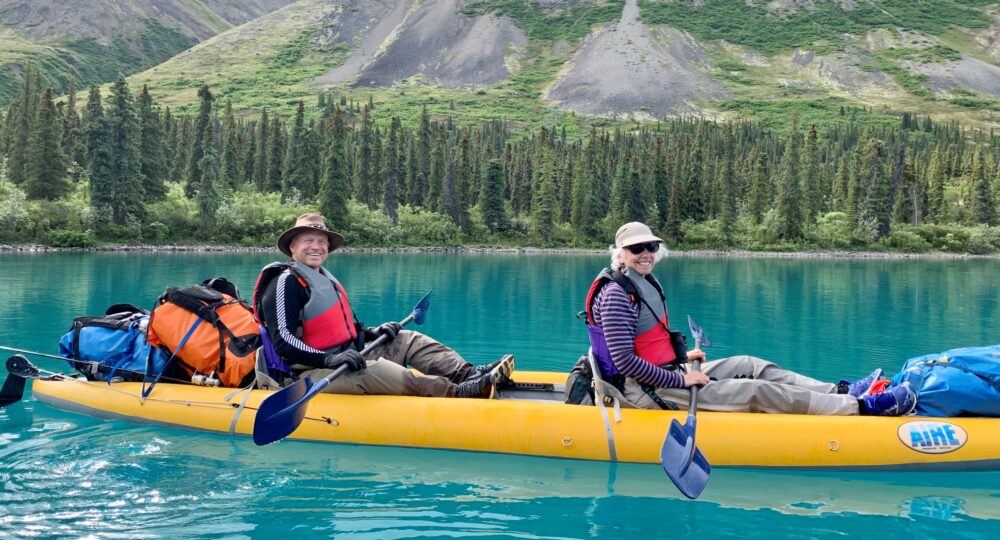
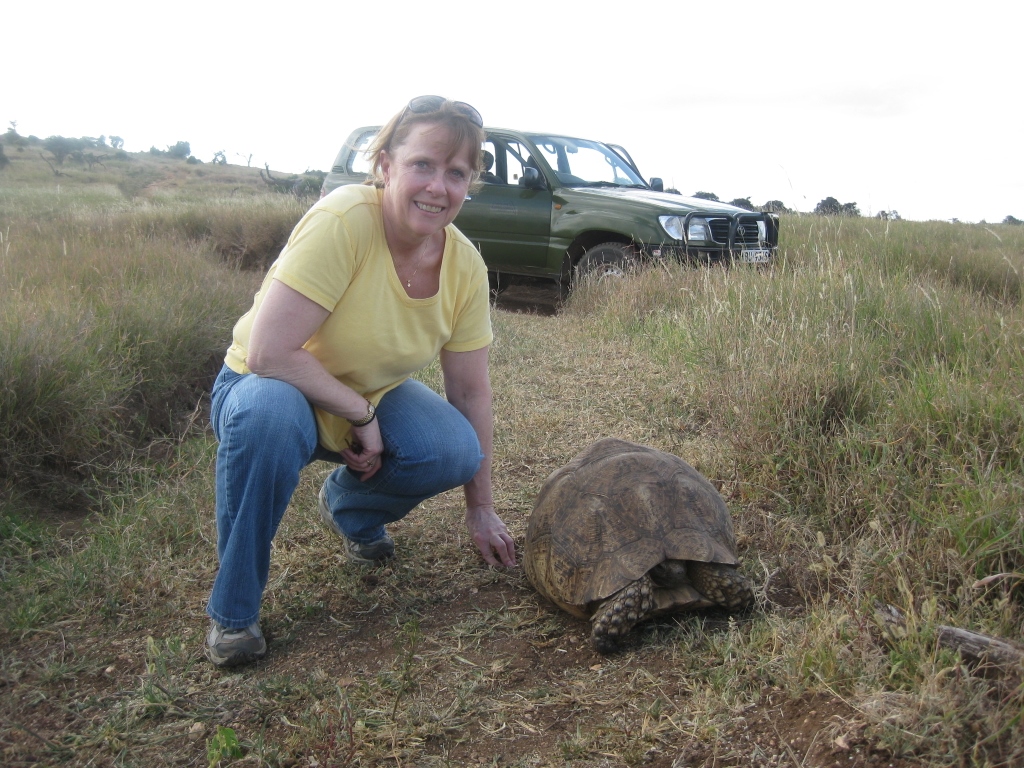
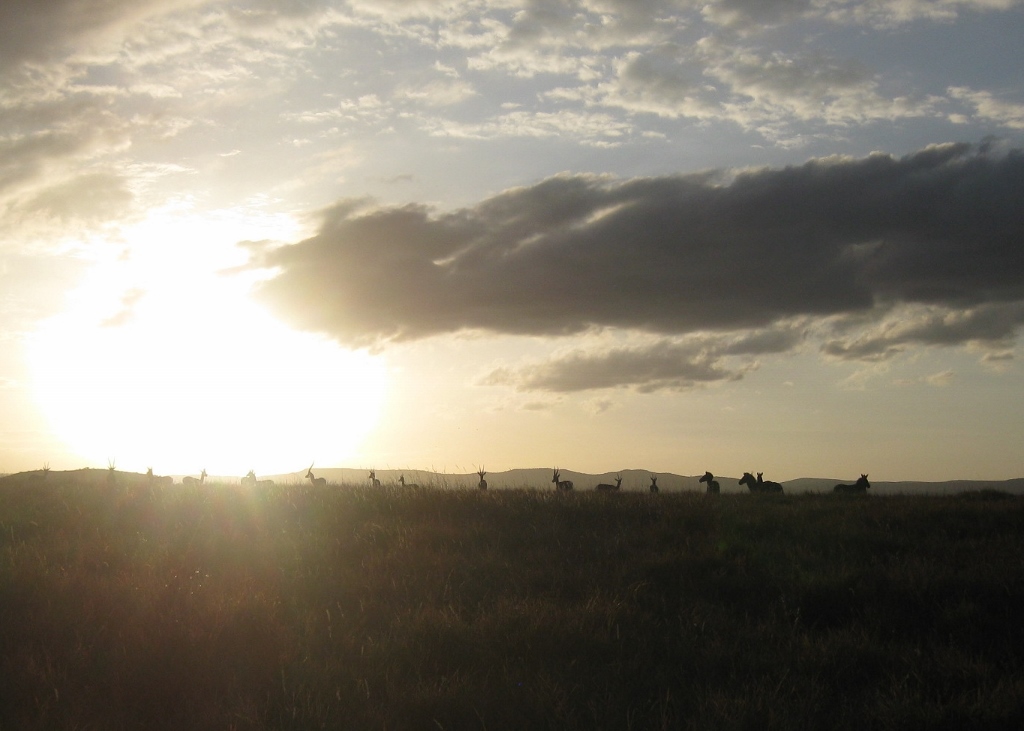
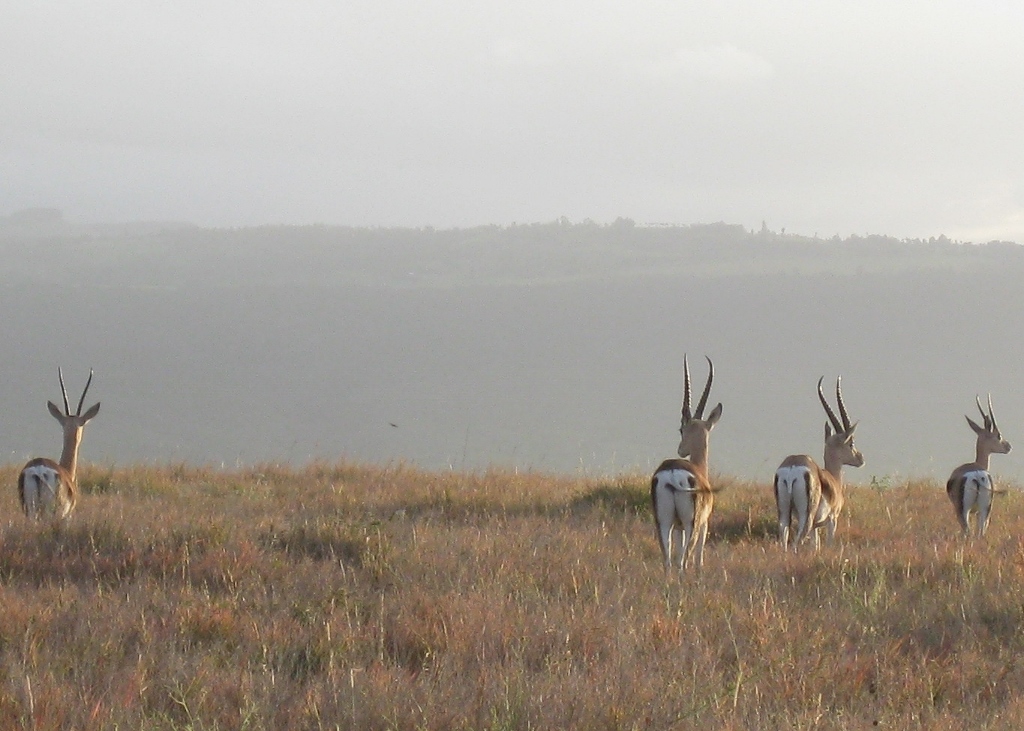
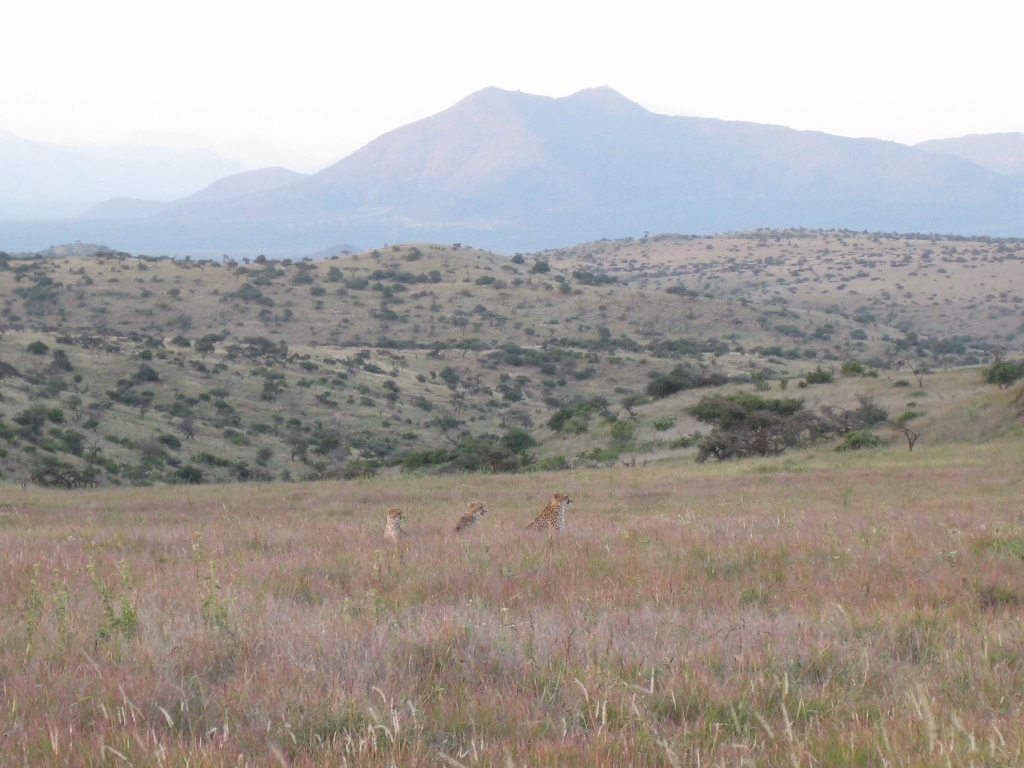
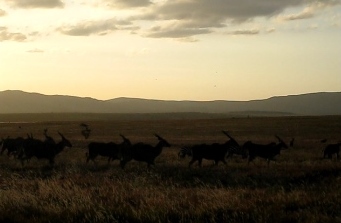
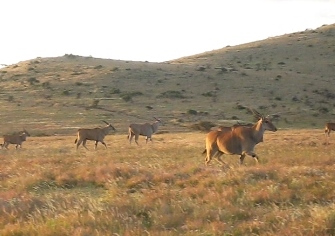
Pretty amazing
A best defence is a good offence. We are all weak at some time in our life. Hopefully in our youth or along the way , we learn offensive skills that will protect us against ourselves. What we learn from everything around us is amazing. Thanks for the good narrative.